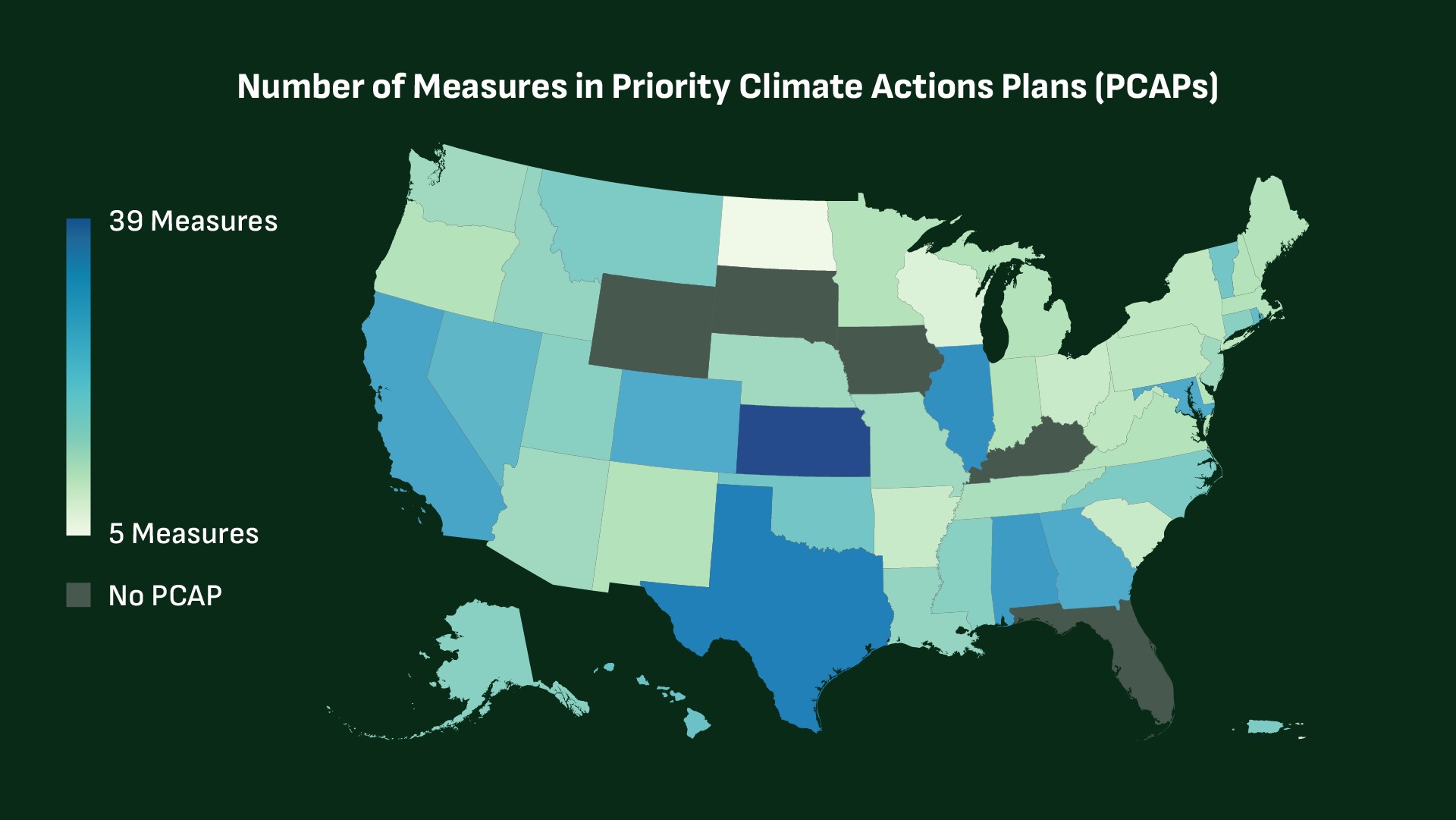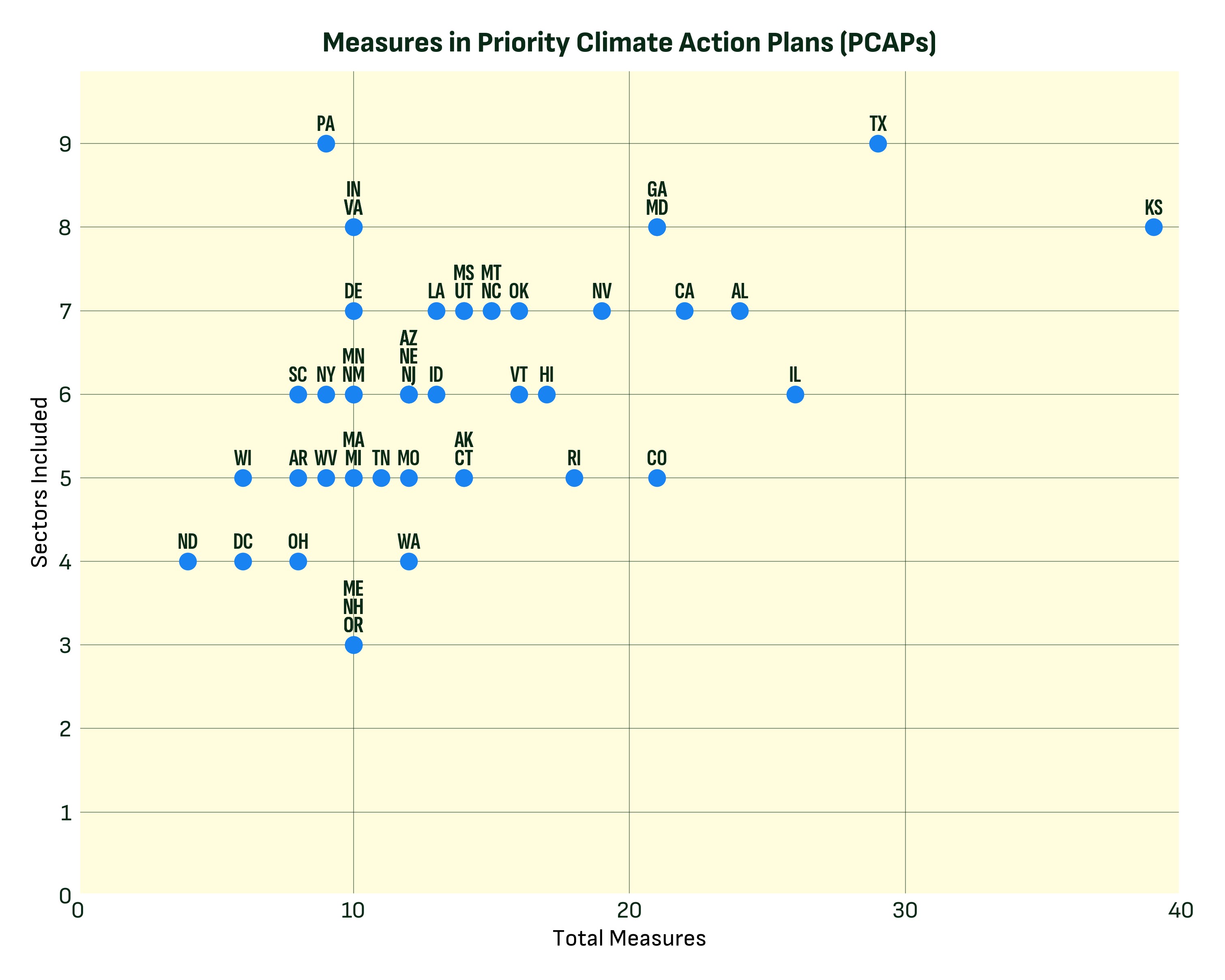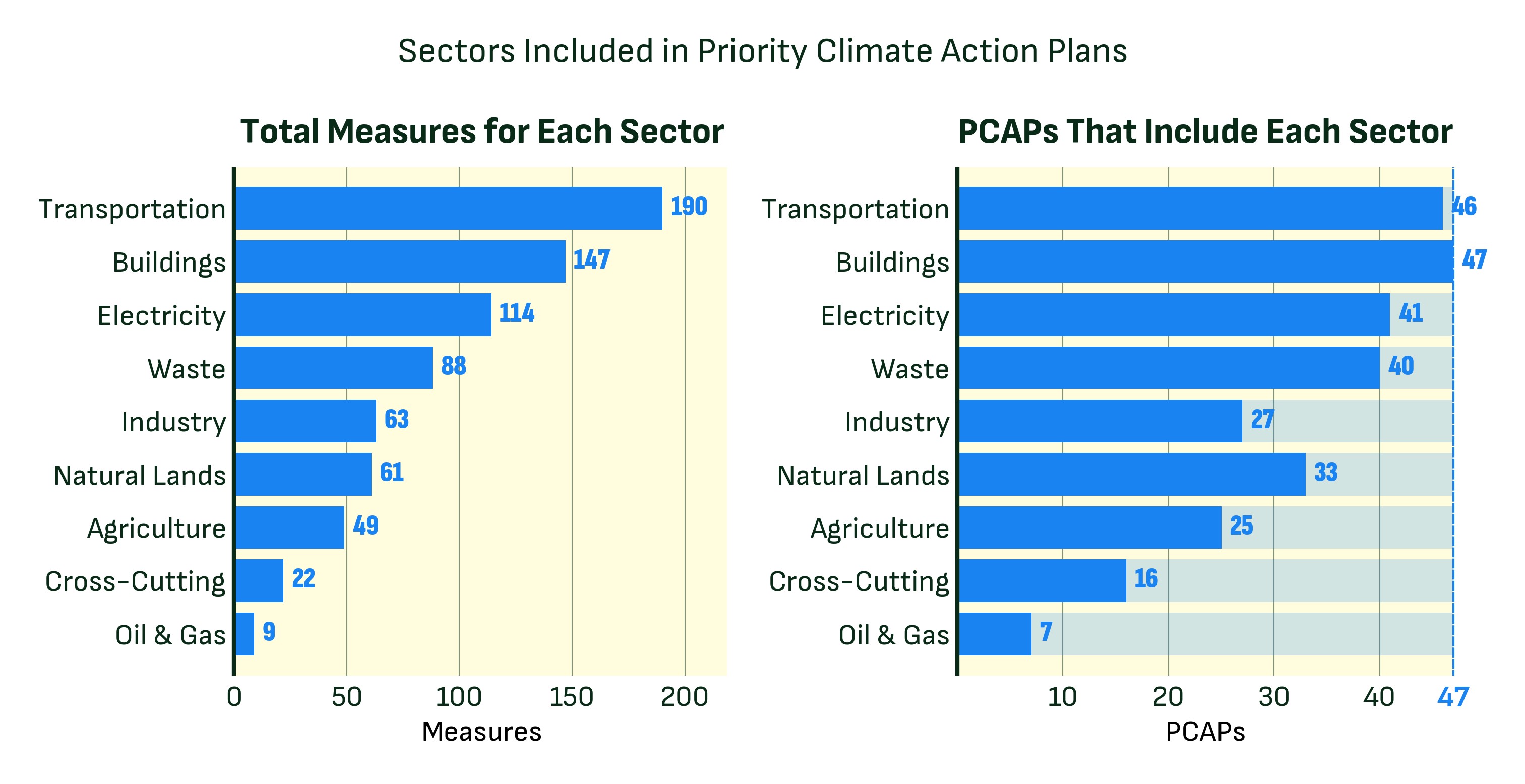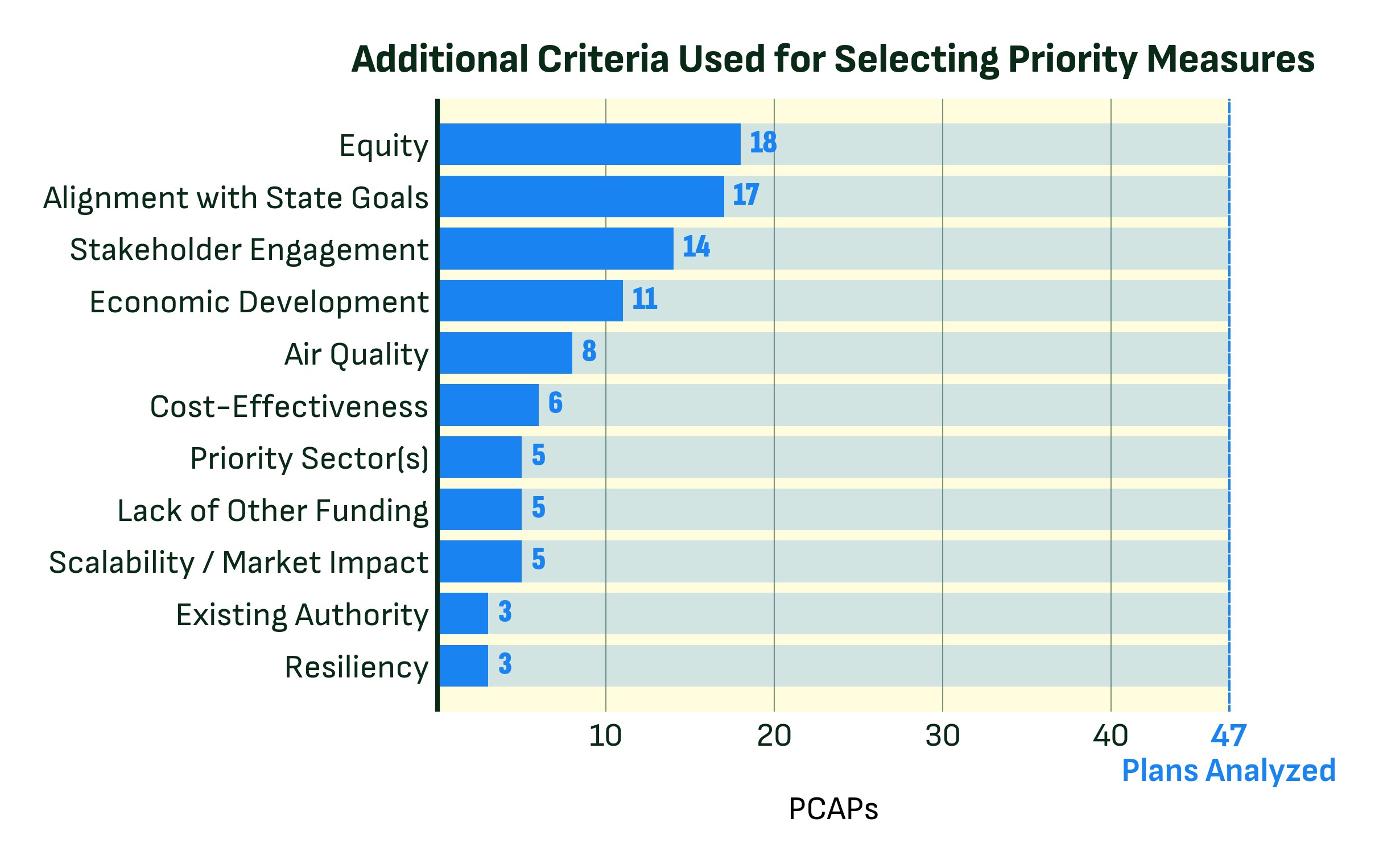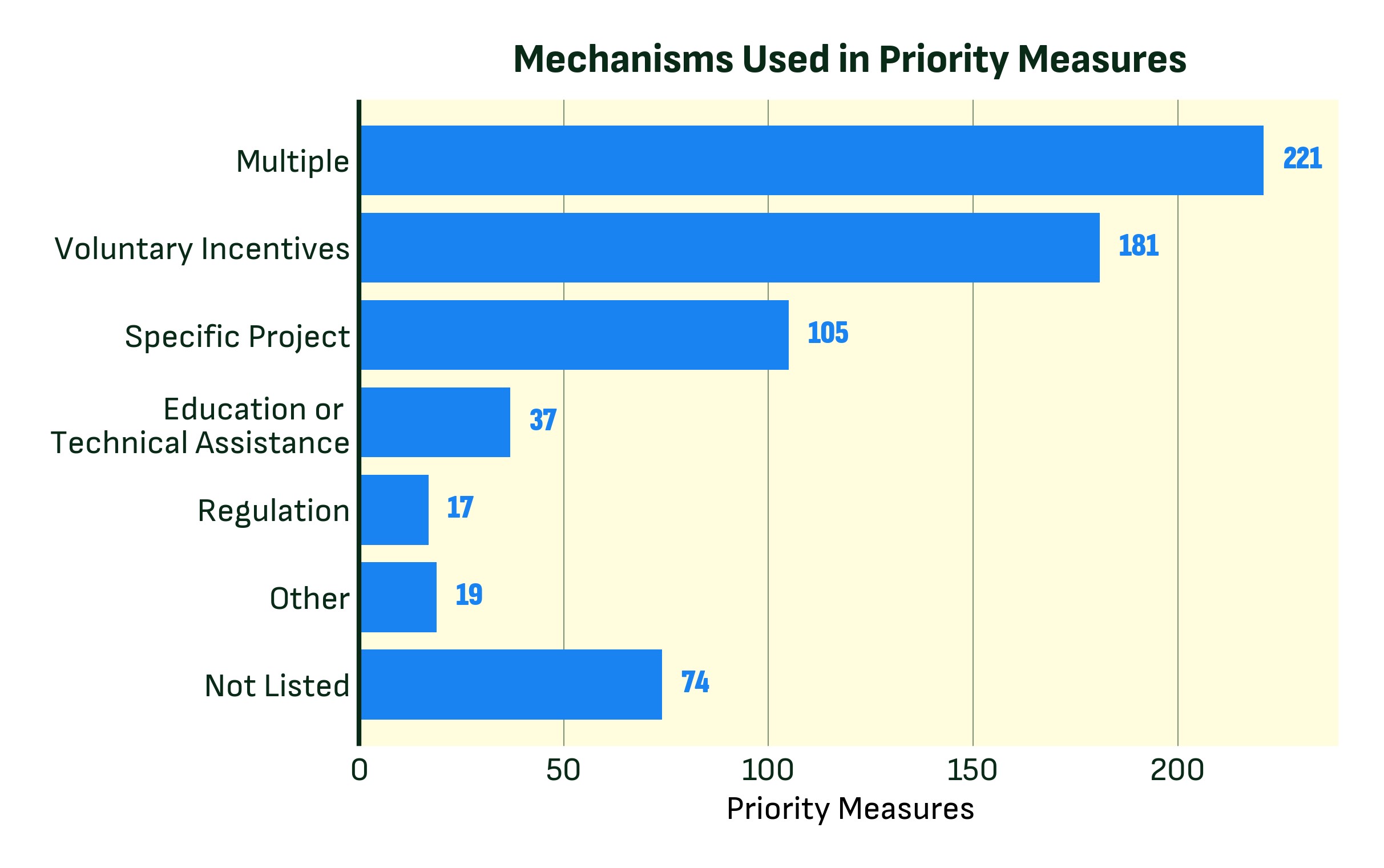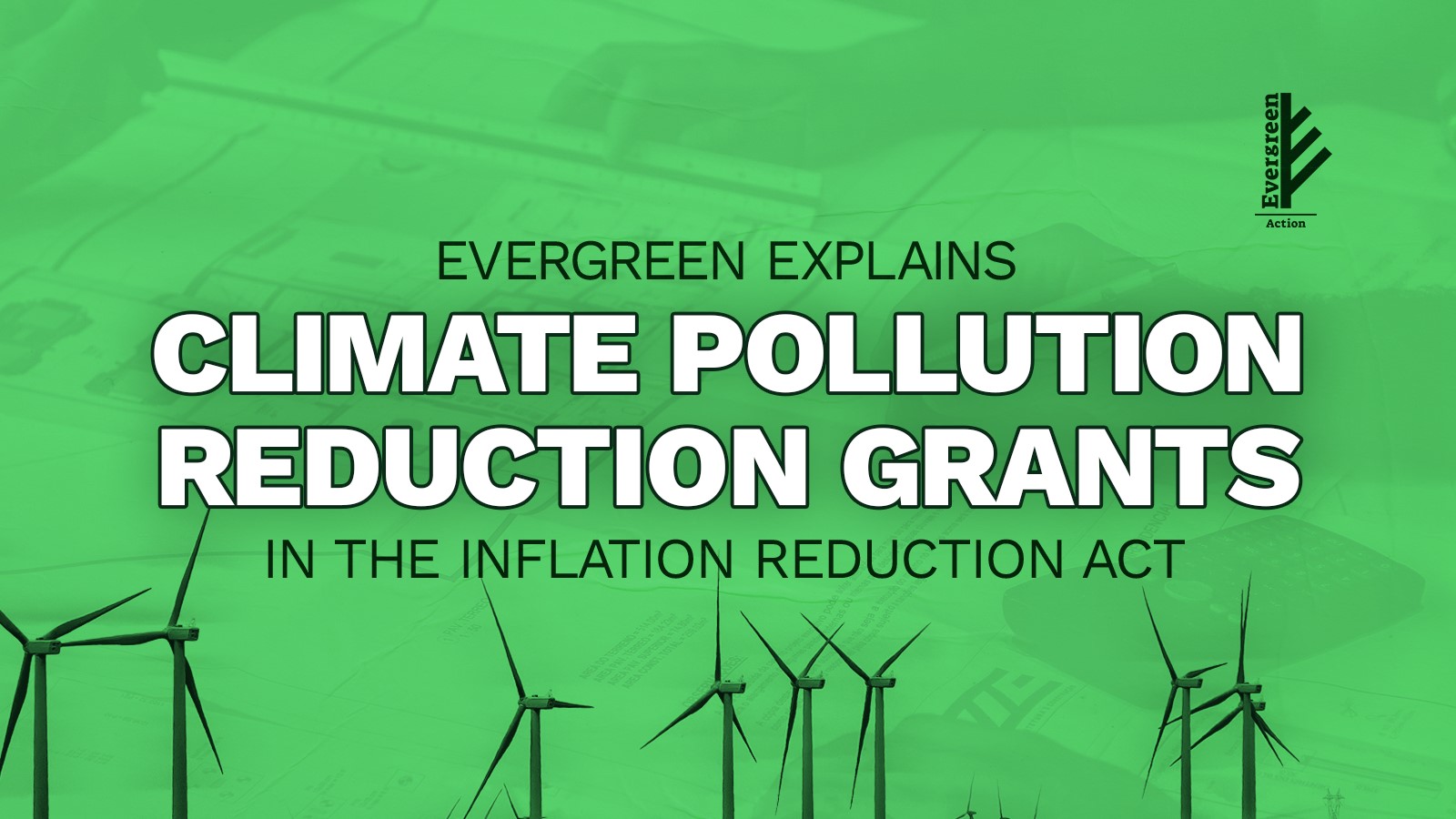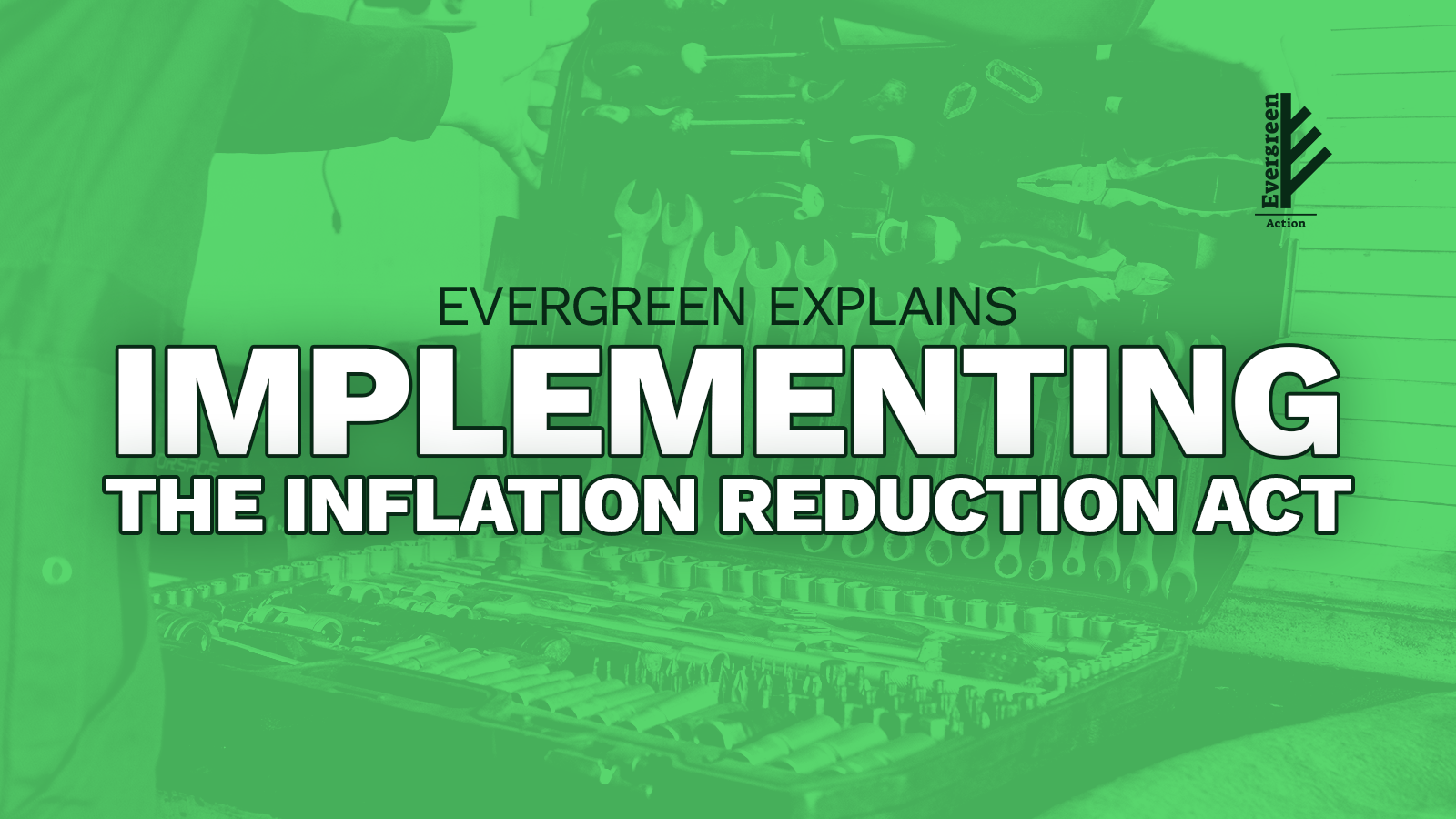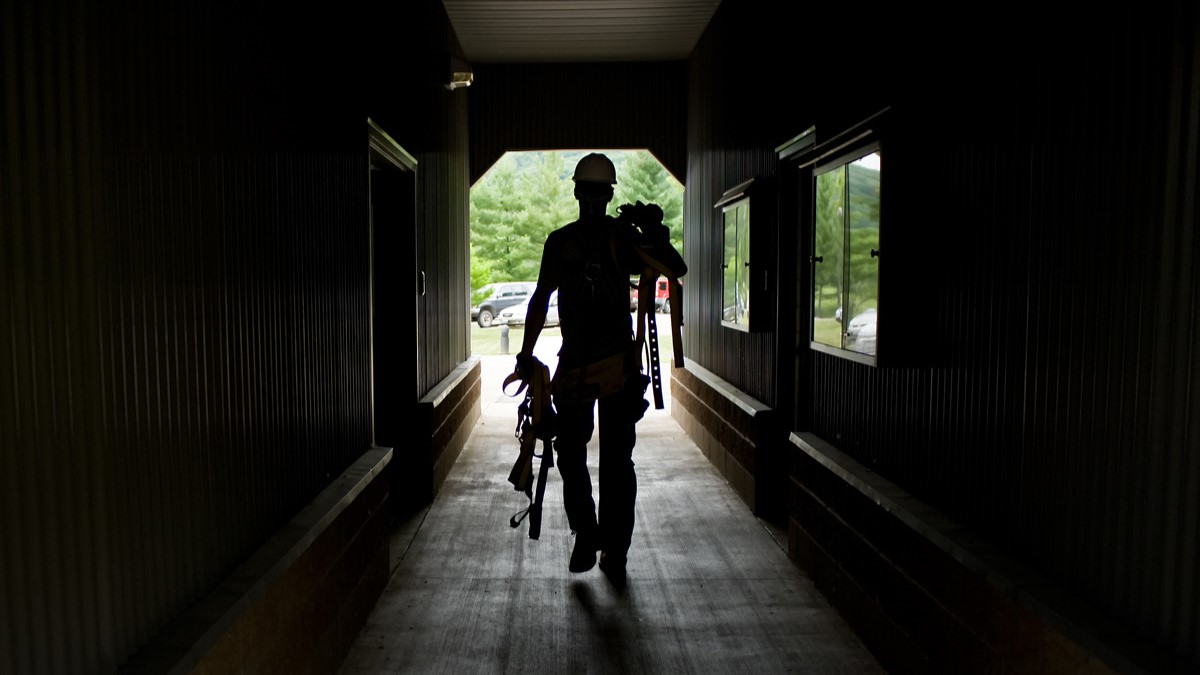Millions of dollars are about to flow to states to help them tackle their unique local climate challenges. The Climate Pollution Reduction Grants (CPRG) program is one of the largest buckets of direct funding within the Inflation Reduction Act (IRA), providing $5 billion to states, municipalities, Tribes, and other governments to reduce climate pollution. The first phase of the program, the planning grants, put $250 million in state and local governments’ hands to conceive of their clean energy future. And nearly every US state, along with D.C. and Puerto Rico, put their hand up for this tremendous opportunity by submitting a Priority Climate Action Plan ( PCAP Climate Plan) to the Environmental Protection Agency (EPA) just last month.
It is a signal that a vast majority of US states—even ones that haven’t historically been leaders on climate—are eager to capitalize on the opportunity to address climate, advance clean energy, lower energy costs, clean up air pollution, and create jobs. States that might not have had the funding to invest in sectoral or economy-wide programs designed to reduce climate pollution now can—on their own terms, with nearly unlimited creativity.
This repository of action plans is our first opportunity to see how states are collectively approaching and tackling the climate crisis, with a huge amount of new information about each state’s approach to reducing climate pollution.
And a lot of money is on the table to bring these plans into reality. Following this planning phase, EPA will soon unlock a whopping $4.6 billion in grants that states, Tribes, and other governments can use to implement actions in their Climate Plans. This means the strategies laid out in the state Climate Plans will drive a major national investment to cut climate pollution.
So, what do states want to do with this massive sum of funds? How ambitious are their plans, and what does this tell us about our nationwide climate progress? Together, RMI, Climate XChange, and Evergreen Collaborative read a total of 6,795 pages of plans to answer these questions. This is a first look at what can be uncovered, with much more to come. For a complete look at our review, see our spreadsheet.
By the Numbers: Initial Climate Plan Takeaways
Note: The data included below is a result of our collective first-pass review. As such, there may be minor adjustments made as we continue to dig into the detailed plans.
RMI, Evergreen, and Climate XChange reviewed 47 Climate Plans from 45 states, Puerto Rico, and the District of Columbia. The states and territories represented collectively account for about 90 percent of the country’s population and carbon pollution. For almost half of the states—23—these Climate Plans represent the first meaningful climate action planning effort in their history, giving a very first view into how they might think about and approach climate action.
Whether a state chose to call its plan a “Priority Resiliency Plan,” “Plan for Environmental Improvement,” “Priority Energy Plan,” or simply “Priority Plan,” it used the opportunity to produce a clear list of measures to reduce climate pollution. These initial plans give advocates critical information to push for continued ambition and effective implementation with IRA funds to support.
1. Tackling Key Pollution Sources

